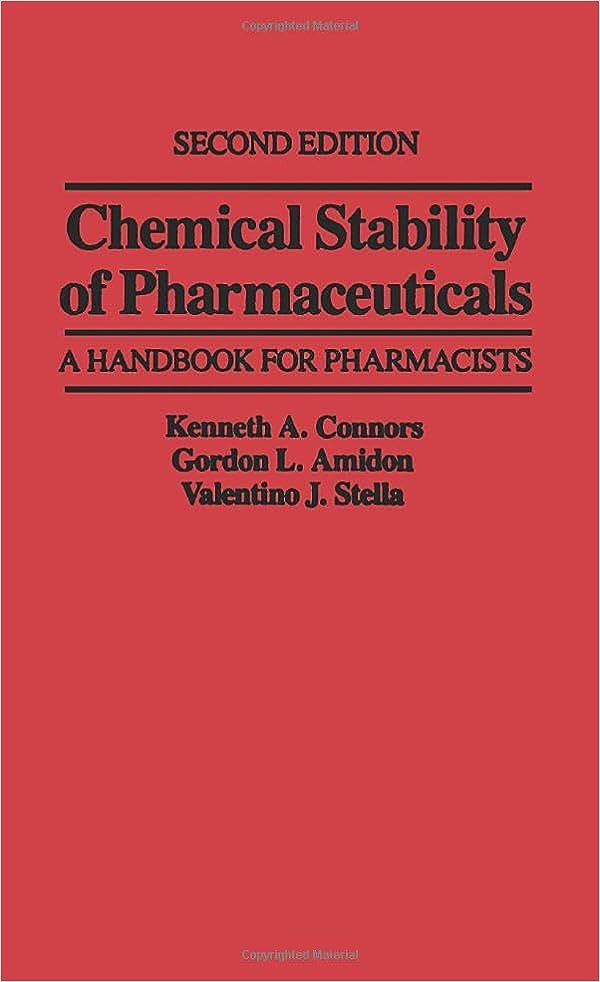Comprehensive Overview of WHO Stability Testing Guidelines
Introduction
The World Health Organization (WHO) provides a global framework for stability testing, ensuring the safety, quality, and efficacy of pharmaceutical products in diverse climatic conditions. WHO stability testing guidelines, outlined in the “Stability Testing of Active Pharmaceutical Ingredients and Finished Pharmaceutical Products,” emphasize a standardized approach to evaluating how environmental factors such as temperature, humidity, and light affect drug stability. This article offers a comprehensive overview of WHO guidelines, their global significance, and their impact on pharmaceutical development and regulatory compliance.
Understanding WHO Stability Testing Guidelines
The WHO guidelines
- Ensuring the quality, safety, and efficacy of medicines over their intended shelf life.
- Providing scientific data to support storage conditions and expiration dates.
- Facilitating international harmonization of stability testing requirements.
Core Principles of WHO Stability Testing Guidelines
1. Climatic Zone Classification
WHO guidelines classify regions into four climatic zones based on temperature and humidity:
- Zone I: Temperate climate (21°C ± 2°C / 45% RH ± 5% RH).
- Zone II: Subtropical and temperate climate (25°C ± 2°C / 60% RH ± 5% RH).
- Zone III: Hot and dry climate (30°C ± 2°C / 35% RH ± 5% RH).
- Zone IV: Hot and humid climate, further divided into:
- Zone IVa: 30°C ± 2°C / 65% RH ± 5% RH.
- Zone IVb: 30°C ± 2°C / 75% RH ± 5% RH (very hot and humid).
Testing conditions are selected based on the intended market, ensuring that stability data reflects real-world scenarios.
2. Types of Stability Studies
WHO guidelines mandate the following types of stability studies:
- Long-Term Studies: Conducted under recommended storage conditions to determine the shelf life of the product.
- Accelerated Studies: Performed at elevated conditions (40°C ± 2°C / 75% RH ± 5% RH) to simulate long-term effects in a shorter period.
- Intermediate Studies: Optional, required when significant changes are observed during accelerated studies.
3. Active Pharmaceutical Ingredients (APIs) and Finished Products
WHO guidelines apply to both APIs and finished pharmaceutical products. Stability testing for APIs focuses on their purity, potency, and compatibility with excipients, while testing for finished products evaluates the overall performance under specified conditions.
4. Photostability Testing
In alignment with ICH Q1B, WHO guidelines require photostability testing for light-sensitive products. This ensures that drug products remain stable and effective when exposed to light.
5. Data Requirements
WHO stability testing guidelines emphasize robust data collection and analysis, including:
- Comprehensive stability reports with results from all testing conditions.
- Documentation of significant changes in physical, chemical, or microbiological properties.
- Justification for proposed shelf life and storage conditions.
Impact of WHO Guidelines on Pharmaceutical Development
1. Global Harmonization
WHO guidelines facilitate the harmonization of stability testing requirements, enabling manufacturers to generate data that meets international regulatory standards. This simplifies the approval process for multinational submissions.
2. Focus on Developing Markets
By addressing the unique challenges of tropical and resource-limited settings, WHO guidelines ensure that high-quality medicines are accessible in developing regions.
3. Enhanced Product Quality
Stability testing under WHO guidelines ensures that products maintain their intended quality and efficacy throughout their shelf life, minimizing risks to patients.
Challenges in Implementing WHO Stability Testing Guidelines
Manufacturers may encounter challenges when implementing WHO stability testing guidelines:
- Resource Constraints: Conducting stability studies for multiple climatic zones can be resource-intensive, particularly for small-scale manufacturers.
- Complex Data Management: Managing large datasets across various storage conditions and time points requires advanced systems.
- Regulatory Variations: While WHO guidelines align with international standards, additional local requirements may complicate implementation.
Best Practices for Compliance
To ensure successful compliance with WHO stability testing guidelines, manufacturers can adopt the following best practices:
- Plan Stability Studies Early: Incorporate stability testing into the initial development stages to avoid delays during regulatory submissions.
- Validate Analytical Methods: Ensure that testing methodologies are accurate, reliable, and aligned with WHO standards.
- Invest in Advanced Technology: Use automated systems for monitoring storage conditions and managing stability data.
- Engage with Regulatory Authorities: Collaborate with local and international agencies to address specific requirements.
- Train Personnel: Provide comprehensive training on WHO guidelines and stability testing protocols.
Emerging Trends in Stability Testing
Several trends are shaping the future of stability testing under WHO guidelines:
- Digital Transformation: Electronic systems for data collection and analysis improve efficiency and accuracy.
- Predictive Analytics: Advanced modeling tools forecast stability trends, reducing reliance on extensive long-term studies.
- Sustainable Practices: Eco-friendly packaging and streamlined testing protocols are gaining prominence, aligning with global environmental goals.
- Focus on Biologics: WHO is expanding its guidelines to address the stability requirements of biologics and advanced therapies.
Conclusion
WHO stability testing guidelines provide a robust framework for ensuring the quality, safety, and efficacy of pharmaceutical products in diverse climatic conditions. By aligning with international standards and addressing regional challenges, these guidelines support global harmonization and enhance access to high-quality medicines. While implementing WHO guidelines may present challenges, adopting best practices and leveraging technological advancements can help manufacturers navigate complexities and achieve compliance. As the pharmaceutical industry evolves, WHO guidelines will continue to play a pivotal role in shaping stability testing practices worldwide.

